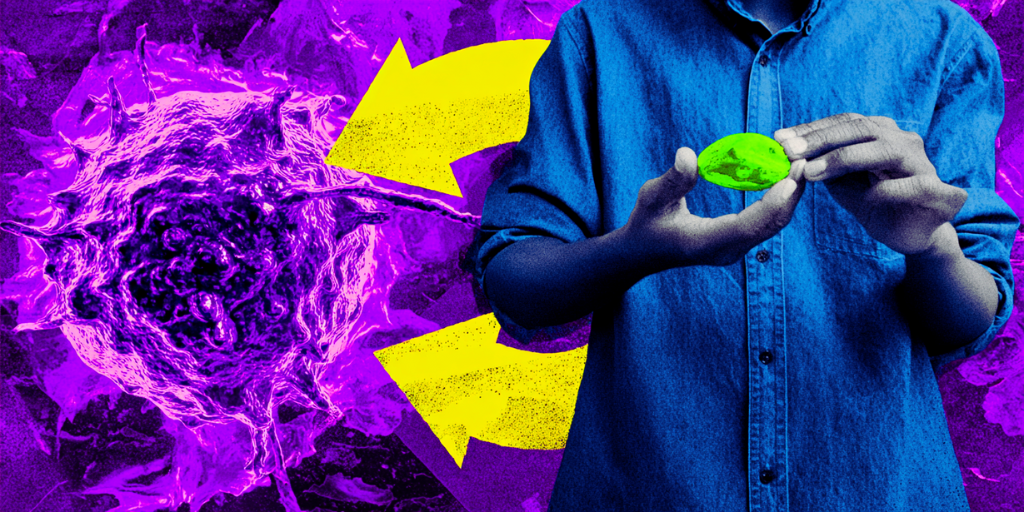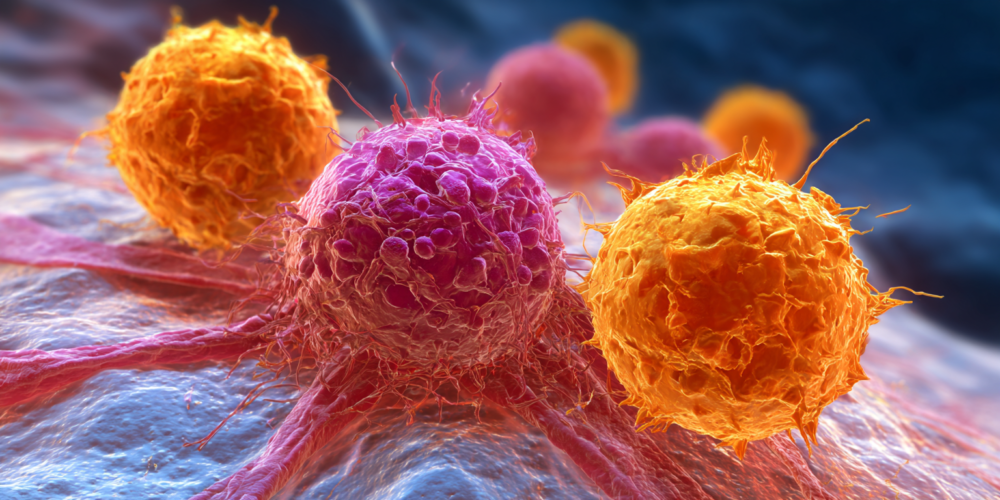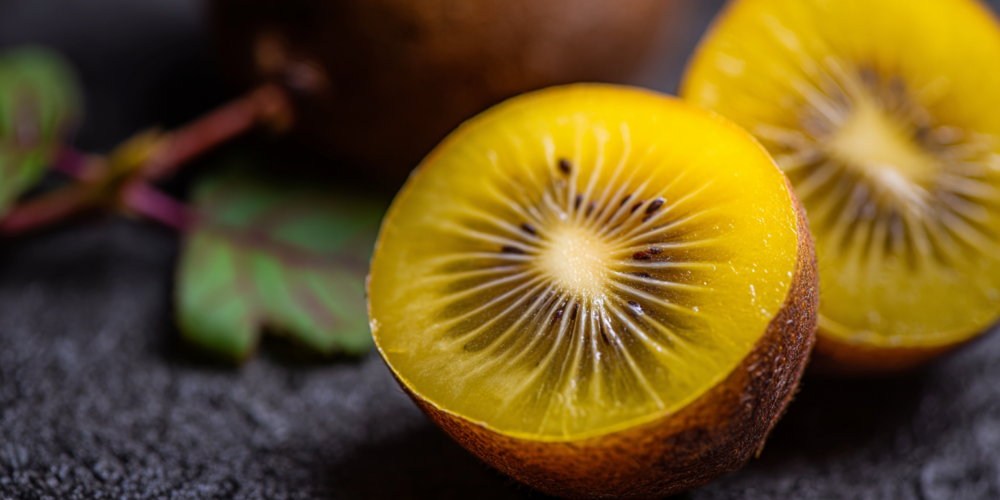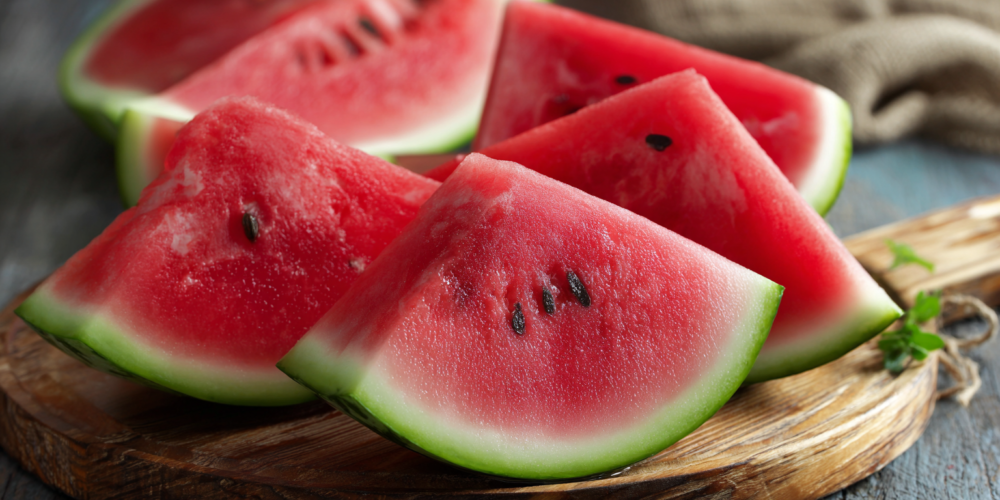
It’s a scary thought, but you might be feeding cancer without even knowing it. Did you know that cancer cases in people under 50 are going up at an alarming rate? Recent studies show that what we eat every day is a big reason why. Cancer cells gobble up sugar much faster than normal cells, stealing their nutrients to survive. So, even if you mean well, giving junk food like cookies, chocolates, sugary drinks, or refined baked goods to someone with cancer is probably the worst thing you can do. It might make them smile for a moment, but inside, you could be helping that tumor grow.
⚠️The Link Between Diet and Cancer

To slow down the growth of these bad tumors, the first thing we need to do is cut back on refined carbs. That means less white bread and flours, fewer sweets, sodas, and ultra-processed foods. If you regularly eat these things, or refined sugar, jams, or filtered fruit juices, you’re basically creating a perfect environment for cancer to thrive. But don’t worry, there’s good news! There are six super powerful fruits that can help you get rid of cancer cells from the inside out. You might not have heard of some of them.
👉Key Takeaways
- Sugar and Refined Carbs: These foods create a perfect environment for cancer cells to grow and thrive.
- Anticancer Fruits: Certain fruits contain powerful compounds that can help fight cancer.
- Whole Foods: Eating fruits with their skin and seeds, when appropriate, maximizes their benefits.
- Variety is Key: Don’t just stick to one fruit; mix them up for a balanced intake of nutrients.
- Consult Your Doctor: If you’re on medication, especially for heart conditions or blood thinners, talk to your doctor before adding new foods to your diet.
🎉Six Fruits That Cancer Hates
Let’s dive into these amazing fruits. The fifth and sixth ones on our list are the most powerful!
➡️1. Grapefruit

First up is grapefruit, also known as toronja. This fresh, juicy, nutrient-rich fruit is a strong weapon against cancer. Nutritionists love it for good reason. One study found that just 100 grams of pink grapefruit has a surprising amount of lycopene, a strong antioxidant that helps clean your body from the inside and protects your cells from damage. Grapefruit also has naringenin, a substance that can stop cancer cells from growing and encourage abnormal cells to die off. This helps stop cancer from spreading in your body.
But wait, there’s more! Grapefruit is also packed with vitamin C, which boosts your immune system and helps your body make collagen. Most importantly, it reduces inflammation throughout your body. Long-term inflammation can increase your risk of developing various types of tumors. Plus, grapefruit has a special kind of fiber that helps with healthy digestion, reduces bloating, and helps get rid of toxins, which lowers your risk of colon cancer.
So, how much grapefruit should you eat every day? Half a grapefruit, or about 200 grams, is enough to give you these important nutrients without messing with your blood sugar. But here’s a heads-up: grapefruit can interact with some medicines, especially those for your heart, cholesterol, or blood thinners. So, if you’re taking any medicine, always talk to your doctor before making grapefruit a regular part of your diet.
➡️2. Apple

Ever heard the saying, “An apple a day keeps your health in play”? This fruit is a natural cancer fighter you might be overlooking. That saying isn’t just an old wives’ tale; science backs it up! But you need to know its secrets to eat it the right way. What makes it so special? Apples have over 300 different substances, many of which have been studied for their anti-inflammatory, antioxidant, and anti-cancer properties. The quercetin in apples, for example, can stop the growth of cells that form prostate and colon tumors, while other active ingredients help destroy liver tumors. Studies have also shown that eating apples regularly can lower your risk of lung cancer by up to 20%.
So, how should you eat an apple to get the most out of it? Be careful here, because many people make mistakes. Here are three tips:
- Eat it with the skin: Most of the anti-cancer compounds are in the skin or just under it. It’s best to pick organic apples or those without pesticides.
- Eat it soon after cutting: If you cut it, eat it quickly because its antioxidants break down when exposed to air. You’ll notice it starts to turn brown in minutes.
- Add a little cinnamon powder: This not only makes it taste better but also boosts its anti-inflammatory and digestive properties, helping your body absorb nutrients better.
How many apples should you eat daily? Nutrition experts suggest one to two apples a day with the skin on. This is the perfect amount to get the nutrients without worrying about blood sugar spikes. But remember, always vary the fruits you eat throughout the week for a more balanced diet.
➡️3. Grapes

Beyond being a sweet and fragrant fruit, grapes have several compounds that fight cancer and promote a long life. The darker ones, like red and purple grapes, have a compound called resveratrol. This is a very powerful antioxidant that can slow down or stop the growth of bad cells, keeping them from multiplying and spreading throughout the body. The best part is that this compound also strengthens your immune system, helping your body get rid of cancer cells in their early stages, before you even have symptoms. Plus, the flavonoids in grapes reduce inflammation, protect your DNA from damage, and block the formation of blood vessels that feed tumors.
So, how many grapes should you eat daily to get these benefits? About 150 to 200 grams, which is like 20-30 medium grapes. But be careful not to peel the grapes or spit out the seeds, because these parts have the highest concentration of anti-cancer substances. So, it’s best to eat and chew whole grapes, or blend them into a smoothie to get all their good stuff.
➡️4. Banana

Bananas are packed with special nutrients, minerals, vitamins, and antioxidants that protect your body and strengthen your anti-cancer defenses. For starters, bananas have a plant protein called lectin, which has been shown to reduce the growth of bad cells in several experiments. It can also boost your immune system, helping your body find abnormal cells before they turn into cancer. Plus, bananas have powerful antioxidants and a good amount of vitamin C, which protects every cell in your body from damage caused by outside factors.
How many bananas should you eat daily? Nutritionists suggest that adults eat one to two slightly unripe bananas a day. But you should know these secrets:
- Choose less ripe bananas: It’s best to go for those that are a bit green, especially if you have diabetes. Riper bananas with brown spots have a higher glycemic index, meaning they can raise your blood sugar more.
- Combine with healthy fats: To absorb nutrients better, pair bananas with healthy fats like avocado, chia seeds, or ground flaxseeds. This helps your intestines absorb vitamins better. Using frozen banana slices is a great option because it doesn’t break down their nutrients and makes them perfect for smoothies or breakfast.
➡️5. Kiwi

It’s no surprise that kiwi is called nature’s green gem. This fruit has a lot of vitamin C, even more than an orange, plus vitamin E, fiber, and polyphenols. So, when you eat a kiwi, you’re getting a cocktail of nutrients that boost your immune system and help kill cancer cells, especially those in the intestines, stomach, and lungs. But that’s not all! The fiber in kiwi helps improve digestion, helping you get rid of more toxins. Kiwi also has actinidin, an enzyme that breaks down proteins, making digestion easier and improving nutrient absorption.
How many kiwis should we eat daily? Experts say one to two kiwis a day is great for getting these nutrients and turning your immune system into an army to fight cancer. But remember, you don’t need to eat all these fruits every day. The key is to add these nutrients to your routine and vary the colors of your fruits as the days go by.
Here’s a big secret if you want to get the most anti-cancer benefits from kiwi: choose the golden or yellow-fleshed kiwi. It has more polyphenols and vitamins than the green kiwi. To absorb its nutrients better, it’s best to eat it on an empty stomach when you first wake up, or 30 minutes before meals. This helps your body get the most out of its vitamins and minerals. And here’s an interesting fact many people don’t know: kiwi skin is perfectly edible! It’s rich in fiber and nutrients, which helps get rid of toxins and protects your intestines. If the texture feels a bit rough, you can wash it well, scrape it, or cut it into pieces and mix it with natural yogurt, or blend it into smoothies.
➡️6. Watermelon

Finally, the sixth fruit is watermelon. This fruit doesn’t just quench your thirst; it’s a superfood whose nutrients can slow down the growth of bad cells. For starters, watermelon is one of the richest sources of lycopene, that powerful antioxidant that protects our body from damage caused by free radicals, which are the main culprits behind cancer development. In fact, watermelon has 40% more lycopene than raw, ripe tomatoes, making it especially useful for reducing the growth of prostate, lung, and breast cancer.
But watermelon doesn’t just have lycopene. It also has citrulline, a natural compound that strengthens your immune system and improves circulation. Plus, watermelon seeds are edible and a very important source of zinc and magnesium, essential minerals for keeping your defenses balanced and preventing genetic changes that lead to cancer.
Now, how much watermelon should we eat to get its benefits without affecting our blood sugar levels? According to nutritionists, the ideal amount is between 200 and 300 grams a day, which is about a cup of cubed watermelon. However, to boost its nutrients even more, there are some tricks few people know:
- Choose ripe, red watermelons: At this point, their lycopene levels are highest.
- Combine with a little chia seeds, flaxseeds, or olive oil: Lycopene is fat-soluble, so your body can absorb it better this way.
- Don’t throw away the seeds: You can eat them dried, crushed, or lightly toasted. They’re an excellent source of zinc, magnesium, and fiber.
Source: Dr. RN Veller

